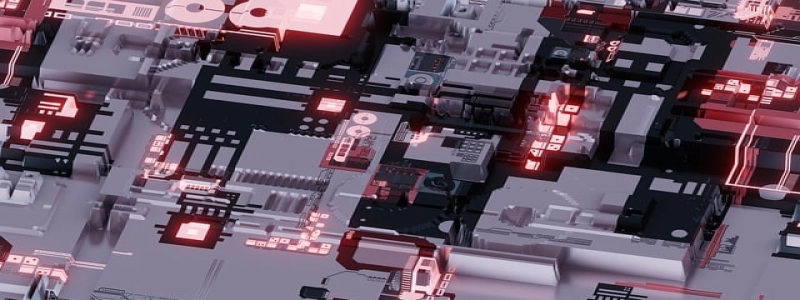SDR Ham Radio Transceiver
Introduction:
Ham radio, or amateur radio, is a popular hobby among radio enthusiasts. It allows individuals to communicate with fellow amateur radio operators using a wide range of frequencies and modes. One of the essential components of a ham radio setup is the transceiver, which is responsible for transmitting and receiving signals. In recent years, software-defined radio (SDR) ham radio transceivers have gained popularity for their flexibility and advanced features.
I. What is an SDR Ham Radio Transceiver?
An SDR ham radio transceiver is a device that combines the functionalities of a traditional radio transmitter and receiver into one unit. However, instead of using dedicated hardware components, an SDR transceiver relies on software to process and control radio signals. This software-defined approach offers various advantages, including increased flexibility, enhanced performance, and the ability to upgrade or modify the transceiver’s functionality through software updates.
II. The Benefits of SDR Ham Radio Transceivers:
1. Flexibility: Unlike traditional transceivers that rely on fixed hardware, SDR transceivers allow users to adjust and fine-tune various parameters using software. This flexibility enables customization of the radio’s performance, allowing operators to adapt to different communication requirements and changing propagation conditions.
2. Wide frequency coverage: SDR transceivers are capable of covering a wide range of frequencies, from HF (high frequency) bands to VHF (very high frequency) and UHF (ultra-high frequency) bands. This wide frequency coverage expands the communication possibilities for ham radio operators, enabling them to participate in different modes and bands.
3. Advanced DSP capabilities: SDR transceivers leverage digital signal processing (DSP) technology to enhance signal quality and mitigate interference. DSP algorithms can effectively filter out unwanted signals, improve reception sensitivity, and provide features like noise reduction, automatic gain control, and notch filters.
4. Upgradability: SDR transceivers can be easily upgraded or modified through software updates. This means operators can benefit from new features, bug fixes, and performance enhancements without the need to purchase new hardware. Upgradability ensures that the transceiver stays up-to-date with the latest advancements in radio technology.
III. Popular SDR Ham Radio Transceiver Models:
1. FlexRadio FLEX-6400: This SDR transceiver offers exceptional performance and versatility. It covers a frequency range from 0.03 to 54 MHz, making it suitable for operations on HF and 6 meters. The FLEX-6400 integrates advanced DSP capabilities and provides various options for connectivity, including Ethernet and USB ports.
2. ICOM IC-7300: The IC-7300 is a popular choice among ham radio operators due to its affordable price and advanced features. It covers HF and 6 meters, with a frequency range from 0.03 to 74.8 MHz. The transceiver includes an integrated spectrum scope, built-in automatic antenna tuner, and a large touch-screen display for easy operation.
IV. Conclusion:
SDR ham radio transceivers have revolutionized the way amateur radio operators communicate and interact with the radio spectrum. The flexibility, wide frequency coverage, advanced DSP capabilities, and upgradability of these transceivers make them an attractive choice for both beginners and experienced ham radio enthusiasts. As technology continues to evolve, SDR transceivers are expected to play a vital role in shaping the future of amateur radio communication.








